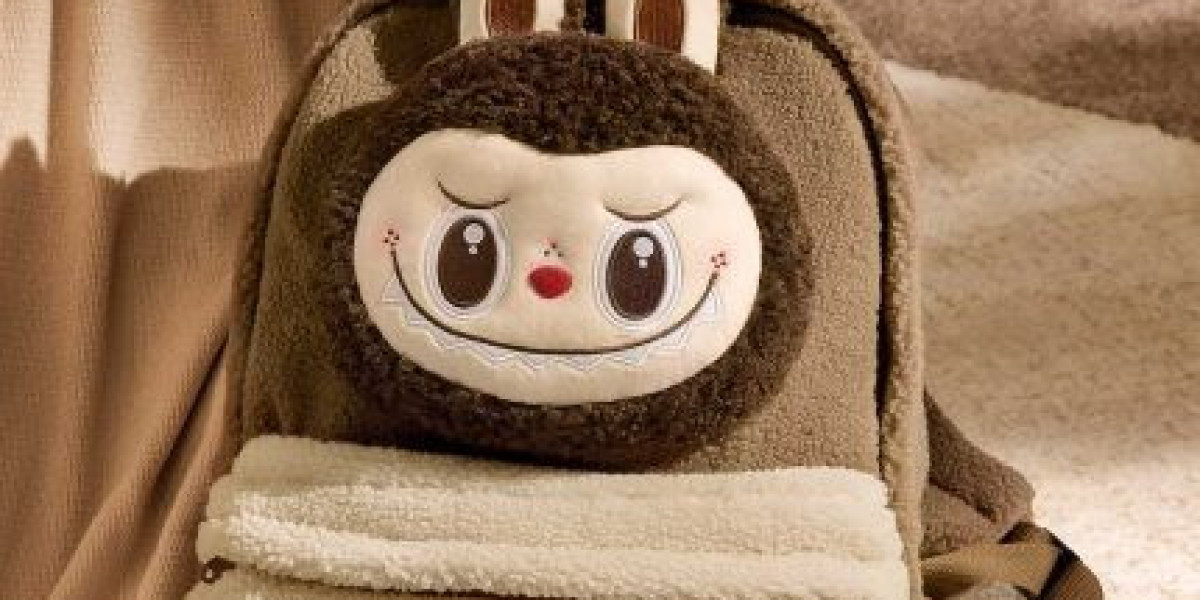In the world of art toys and collectibles, few characters have captured the hearts of fans as quickly and profoundly as Labubu. What began as a quirky creation by a passionate designer has evolved into an international cultural phenomenon, drawing collectors from all corners of the globe. labubu The rise of Labubu is not just the story of a toy; it is the story of how creativity, storytelling, and community have come together to redefine modern collectible culture.
The Birth of Labubu
Labubu was created by Hong Kong-based artist and designer Kasing Lung. Known for his whimsical and imaginative style, Lung sought to create characters that embodied both innocence and mischief. His designs often blend childhood nostalgia with darker undertones, creating figures that feel both familiar and mysterious. Among these characters, Labubu emerged as one of the most iconic.
With its large mischievous eyes, wide grin, and unique combination of creepy-cute aesthetics, Labubu stood out from the typical designer toys on the market. Its appearance struck a balance between adorable and unsettling, sparking intrigue and fascination among collectors. For many, Labubu represented the essence of what makes designer toys compelling: the ability to challenge expectations while still being irresistibly charming.
Designer Toys and a Growing Movement
The designer toy movement, which began in the late 1990s and early 2000s, was initially a niche community focused on small-batch collectibles produced by independent artists. Unlike mass-produced toys, designer toys were crafted as works of art—often limited in number, hand-painted, and deeply connected to the artist’s personal vision.
Labubu arrived at a time when the designer toy scene was expanding globally, aided by collaborations between artists and platforms such as Pop Mart. With its emphasis on blind-box releases and affordable pricing, Pop Mart played a crucial role in democratizing the collectible toy industry. Instead of being reserved for hardcore collectors, these toys became accessible to a much wider audience.
Labubu’s unique design and story aligned perfectly with this new wave of collectibles, enabling it to reach a global stage and attract fans far beyond the art toy community.
Pop Mart and the Rise of Blind Box Culture
A key moment in Labubu’s journey from designer toy to international sensation came with its partnership with Pop Mart, the Chinese company that revolutionized the collectible toy market. Pop Mart popularized the concept of the blind box—a sealed package that conceals which specific toy design lies inside. This element of surprise created both excitement and anticipation, making collecting more engaging.
Labubu quickly became one of the most popular characters in Pop Mart’s lineup. Its various series—featuring Labubu in different outfits, themes, and fantastical scenarios—offered fans endless opportunities to expand their collections. Whether dressed as a pirate, a fairy, or a holiday-themed character, each Labubu carried its signature mischievous charm while offering something fresh and imaginative.
The blind box format also fueled a thriving secondary market. Collectors traded, sold, and sought rare Labubu figures, some of which became highly valuable and sought after. This added layer of rarity and exclusivity only deepened Labubu’s appeal.
The Character of Labubu
What truly sets Labubu apart is its personality. Labubu is not just a figure to be displayed; it is a character with an identity that resonates with fans. Its impish smile and playful appearance embody a sense of freedom and mischief, sparking joy while leaving room for imagination.
Kasing Lung designed Labubu to be part of a larger universe of characters known as “The Monsters.” Within this whimsical world, Labubu often appears as a cheeky troublemaker, a figure that disrupts the ordinary with its wild energy. This narrative element helps fans connect more deeply with the character, transforming it from a static figure into a living personality that sparks storytelling and creativity.
International Appeal and Cultural Impact
While Labubu originated in Asia, its charm transcended cultural boundaries. Collectors in Europe, North America, and beyond quickly fell in love with the character. Social media played a major role in this global expansion. Platforms like Instagram, TikTok, and YouTube became spaces where fans shared unboxing videos, showcased their collections, and built online communities around their shared passion for Labubu.
Exhibitions and pop-up stores further cemented Labubu’s international reputation. Events dedicated to designer toys often featured Labubu as a centerpiece, drawing crowds of eager fans who lined up for exclusive releases. In many ways, Labubu became more than just a collectible; it became a cultural icon representing the blending of art, commerce, and fandom in the twenty-first century.
The Emotional Connection with Fans
One of the reasons Labubu resonates so strongly with fans is its ability to evoke emotion. For some, Labubu recalls the mischievous spirit of childhood, a reminder of the playful imagination that often fades with age. For others, it serves as a source of comfort, a companion that brings joy and positivity during stressful times.
Collectors often describe Labubu not just as an object, but as a friend. This emotional connection has helped Labubu maintain lasting popularity, rather than fading as a passing trend. Fans build communities, exchange stories, and even create art inspired by Labubu, extending the character’s universe far beyond its official releases.
Labubu in the Era of Collectible Culture
Labubu’s rise reflects larger shifts in contemporary culture. Collectibles are no longer just toys for children—they are art forms, lifestyle items, and expressions of identity. The line between consumer product and cultural artifact has blurred, and characters like Labubu sit at the intersection of these worlds.
The success of Labubu also illustrates the growing power of fandom-driven markets. Unlike traditional retail models, where brands dictate demand, Labubu’s popularity has been fueled by grassroots enthusiasm and community engagement. Fans actively shape the culture around Labubu, creating a feedback loop that sustains its relevance.
The Future of Labubu
As Labubu continues to grow in popularity, its future looks bright. Collaborations with other artists, brands, and even industries beyond toys are expanding Labubu’s reach. Labubu Doll From fashion and accessories to digital art and potential metaverse experiences, Labubu is evolving into a versatile cultural icon.
At the same time, the core of Labubu’s success remains tied to its authenticity. Fans are drawn to the originality of Kasing Lung’s vision, and preserving that artistic integrity will be key to Labubu’s continued relevance. As long as Labubu maintains its playful spirit and mischievous charm, it is likely to remain beloved for years to come.
Conclusion
The story of Labubu is one of creativity, community, and cultural resonance. What began as a designer’s imaginative creation has become a global sensation, uniting fans across countries and cultures. Labubu’s journey illustrates how art toys can transcend their origins, becoming symbols of identity, joy, and connection.
In Labubu’s mischievous grin, fans see more than a toy—they see a companion, a piece of art, and a reminder of the magic of imagination. From designer toy to international sensation, Labubu’s story is still being written, and its impact on global collectible culture is only just beginning.








